JBL Bar 5.0 MultiBeam review: so many top features for a small soundbar
The JBL Bar 5.0 MultiBeam soundbar ticks a huge number of boxes, but with a question mark over its audio
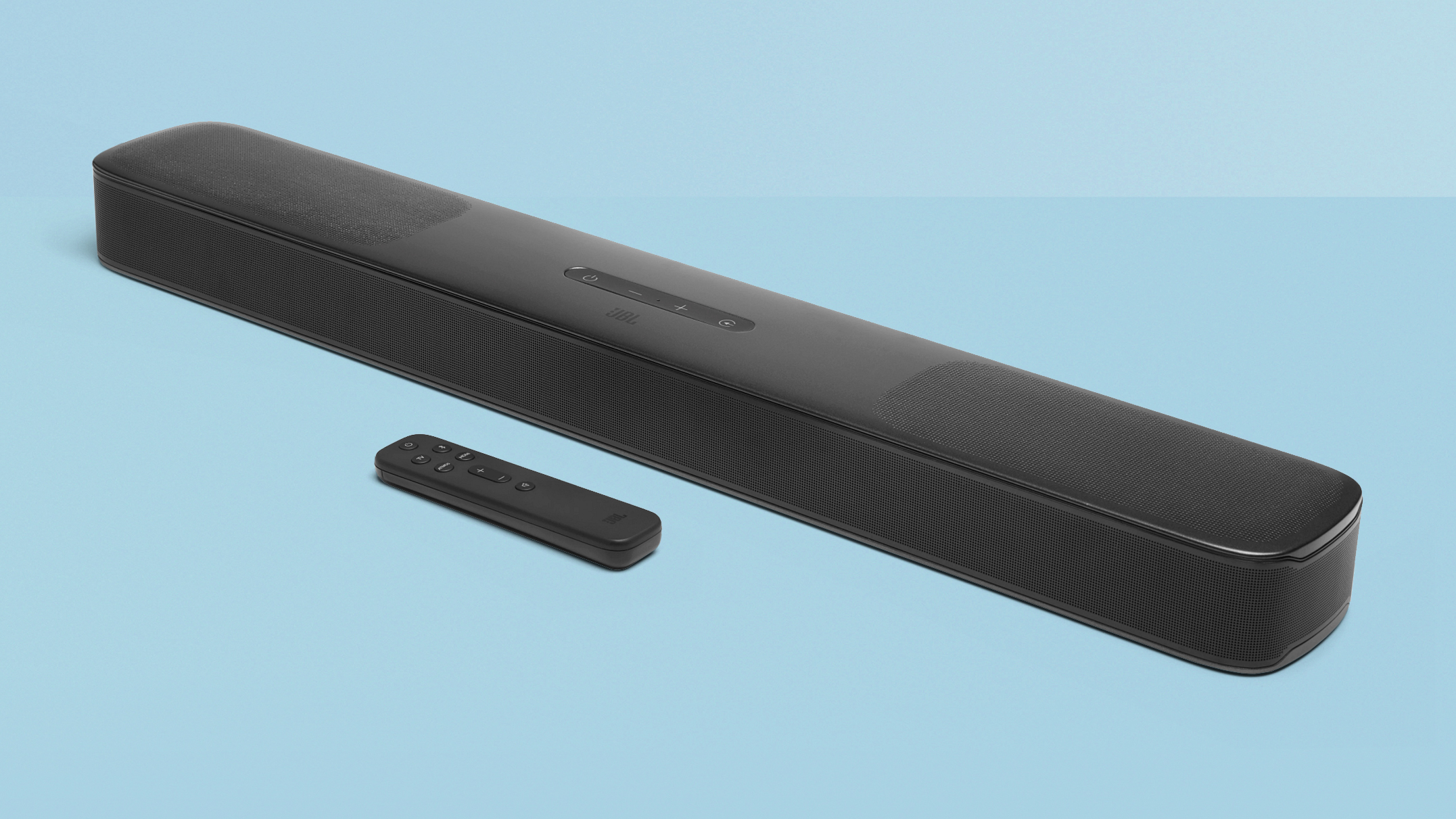
The JBL Bar 5.0 MultiBeam is small and perfectly formed, but the sound it makes is only big and not at all clever.
-
+
Impressive build, finish and specification
-
+
Simple to set up and position
-
+
Big, full-scale sound
-
-
Short of sonic definition and detail
-
-
Bass overwhelms the midrange
-
-
Not really immersive
Why you can trust T3

The JBL Bar 5.0 MultiBeam, it seems, is designed to be all things to all people. It’s a soundbar that doesn’t take up a lot of space and will fit, neatly and unobtrusively, under the majority of TVs. It promises big, room-filling sound with more than a hint of Dolby Atmos-esque height to its sound thanks its range of speakers.
It incorporates a host of up-to-the-minute functionality. And it does all of this while remaining startlingly reasonably priced compared a lot of the best soundbars that promise something similar.
Ordinarily, you’d imagine there was a catch somewhere. But it doesn’t seem apparent when looking at its on-paper specification. Take the Bar 5.0 MultiBeam from its packaging and admire its smooth, robust build quality – there’s no obvious catch there either. Which really only leaves the sound the JBL makes: if there’s a catch, this must be where it's hiding. Let's take a listen.
JBL Bar 5.0 MultiBeam review: Price & features
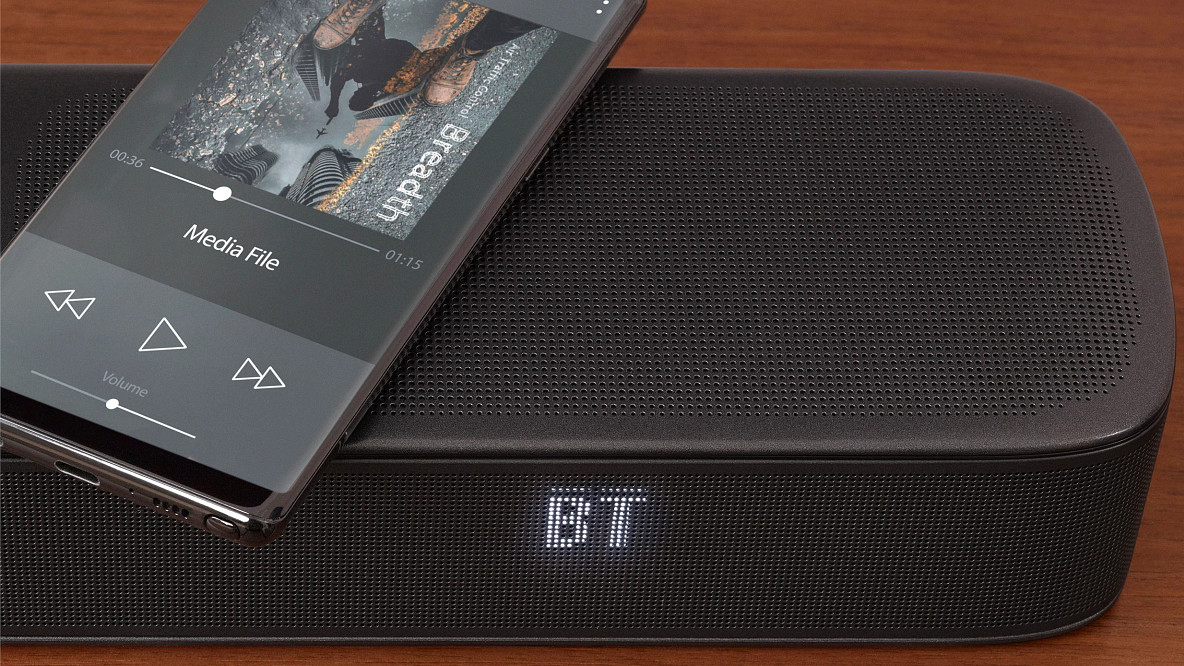
At £349/$399/AU$599, the JBL Bar 5.0 MultiBeam is certainly aggressively priced – acknowledged class leaders like the Sonos Beam are simultaneously more expensive and less extensively specified. The Sony HT-G700 is in some ways the closest competitor, but that isn't a single-box system (it includes a subwoofer) and is only close in price in the UK thanks to discounting by retailers (and in the US, costs lots more than the JBL).
Mind you, experts like Panasonic and Yamaha (to name but two) are standing by to sell you a compact, high-achieving soundbar for similar money – or less, in a few instances, such as the Yamaha SR-C20A. So it’s not as if the JBL has the field clear.
It’s specified like a rather more expensive device, though, no doubt about that. 250 watts of Class D amplification powers five 48x80mm full-range ‘racetrack’ drivers (Sonos uses similarly innovatively shaped drivers for the expensive Sonos Arc). Three of these fire forwards through the JBL’s acoustically transparent grille, while there’s one at each end of the bar which create the ‘multibeam’ effect.
These five drivers are bolstered by four 75mm passive radiators – two fire upwards from the top of the soundbar to offer some height to its sonic presentation, and two fire downwards. Basically, then, the Bar 5.0 MultiBeam is firing in four directions at once, which gives it a great chance of serving up big, expansive sound. In theory, anyhow.
The front of the bar, and the sides, and quite a portion of the top and bottom, then, is taken up with drivers or radiators. There’s just enough room left on the top for a brief suite of control buttons (power on/off, input selection, volume up/down) and on the front for a brief, bright display. At the rear there’s an input for power, HDMI in and out (with 4K Dolby Vision HDR passthrough and, in the case of the output, eARC capability), Ethernet, a digital optical input and a USB socket. Wireless connectivity is available too, in the form of Bluetooth 4.2, dual-band Wi-Fi, Chromecast and Apple AirPlay.
Control is via a small, neat and mercifully straightforward remote control. Or voice-control is available too – the JBL has no integrated voice-assistant facility, but if you’ve Google Assistant, Siri or Amazon Alexa-enabled smart speakers on a common network, the Bar 5.0 MultiBeam can easily be integrated into that system of control. When it comes to features alone, this thing really shines.
JBL Bar 5.0 MultiBeam review: Sound quality
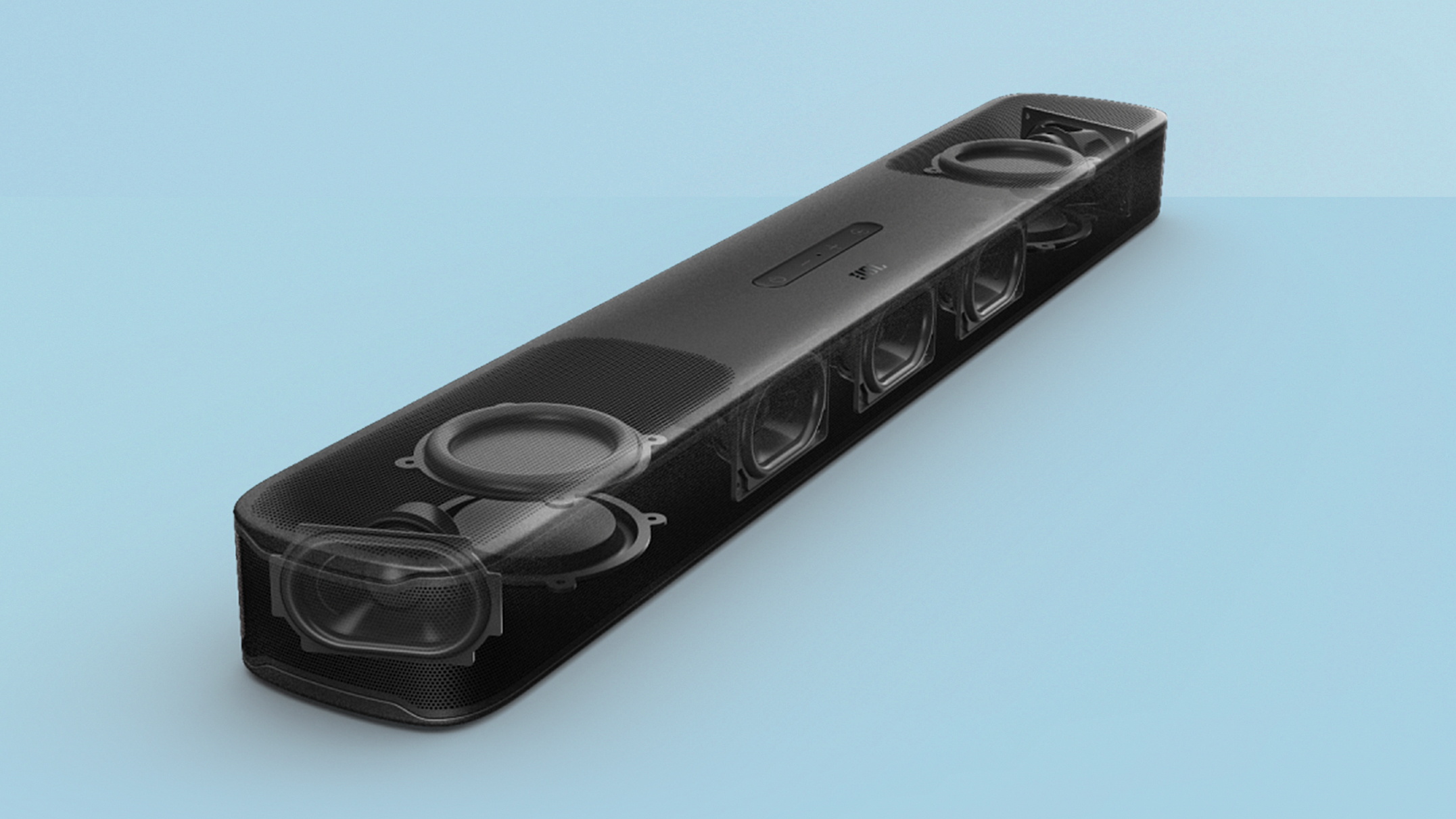
First things first: you’re not about to mistake the JBL Bar 5.0 MultiBeam’s presentation for that of an actual Dolby Atmos soundbar (such as JBL’s own Bar 9.1). It presents an impressively big spread of sound, most certainly, but in terms of definition (particularly where height and width are concerned) there’s a lack of positivity that leaves the JBL sounding two-dimensional at best and a bit vague at worst.
This is faint praise, yes, but we don’t mean to damn the Bar 5.0 badly. It’s capable of boisterous, full-scale sound that’s a million miles from the sort of sonic apathy most flatscreen TVs serve up.
Give it the right stuff to work with – a nice multi-channel soundtrack, basically, from any source – and the JBL will put a rocket up it. Even bigger listening rooms pose no problem to the Bar 5.0 MultiBeam. It’s able to deliver space-filling sound on a considerable scale, and even when you decide to properly go for it, volume-wise, it doesn’t get shouty or hard. It simply gets louder, and then (if you’re brave) louder still.
Once you’re over the shock and awe of the JBL’s sheer scale and presence, though, it becomes apparent that it’s a rather blunt instrument. There’s not a whole load of definition or detail, especially in the lowest frequencies – the combination of powered drivers and passive radiators certainly makes its presence felt, but they’re not what you’d call a subtle listen.
And the prodigious size of the JBL’s sound doesn’t do the midrange any favours at all. Many movies (almost all of them, in fact) rely heavily on dialogue, but here it’s something of an afterthought. Voices are short of detail, and consequently of character – they don’t really emote, so they don’t really engage.
JBL Bar 5.0 MultiBeam review: Design & usability
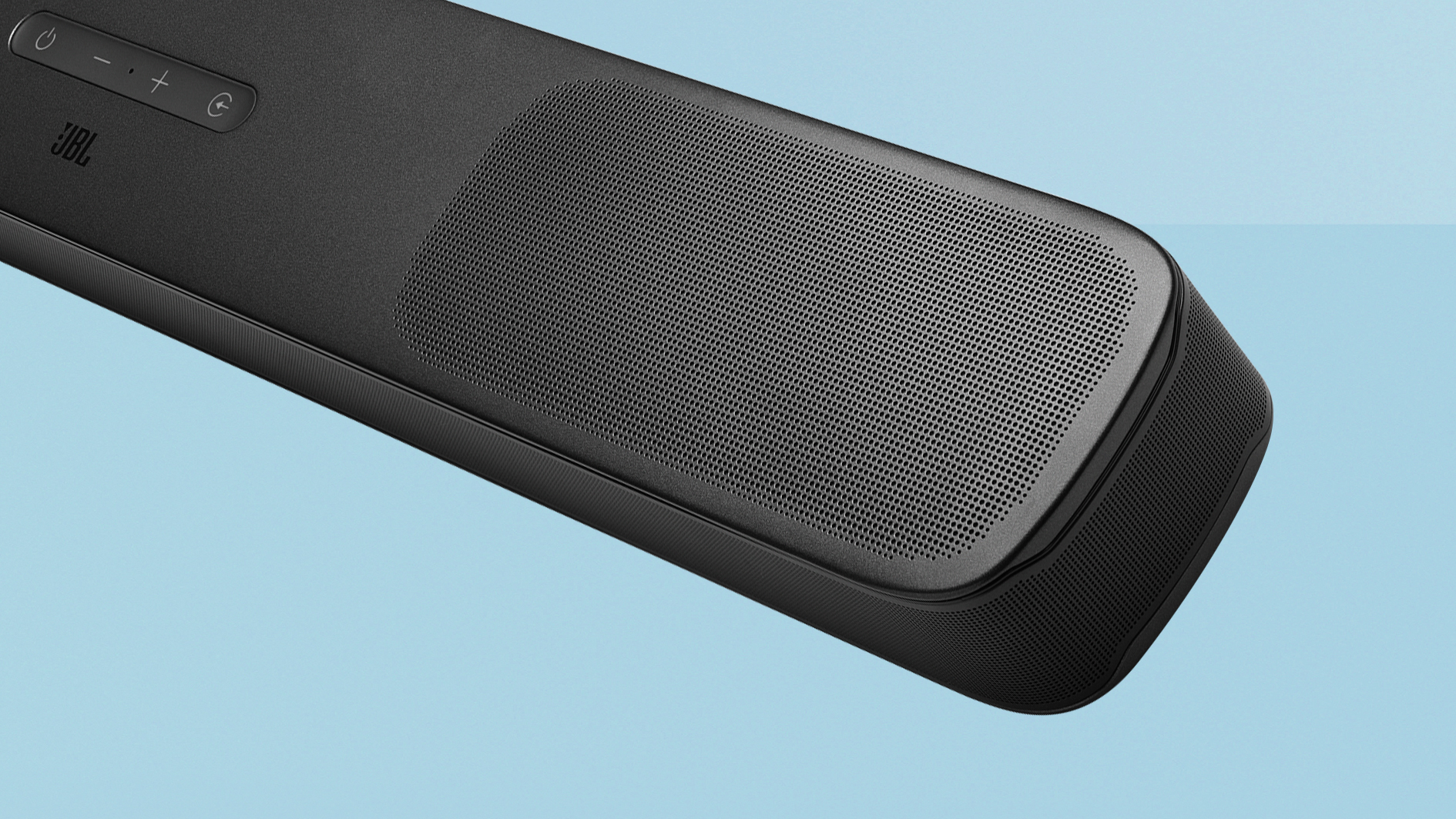
At a trifling 710x60x100mm and 2.8kg, the Bar 5.0 MultiBeam is compact enough not to draw attention to itself on a TV stand, and light enough to be mounted on even the flimsiest of partition walls if you prefer. JBL very thoughtfully provides a simple bracket in the packaging for just that purpose.
Set-up is straightforward in the extreme, and the JBL’s automatic calibration is a worthwhile feature. Side-firing drivers can often confuse a product’s audio presentation, but here the Bar 5.0 manages to parlay a pretty rapid procedure into a properly controlled performance.
JBL Bar 5.0 MultiBeam review: Verdict
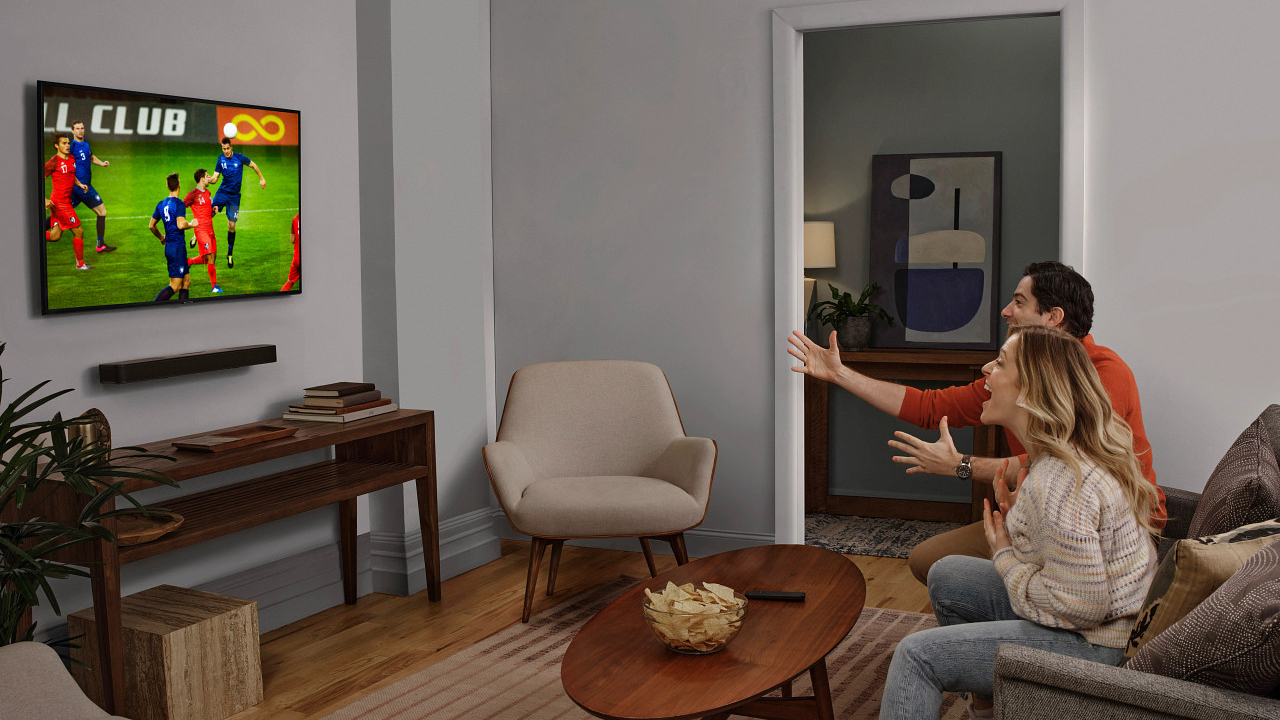
If we were just making a list of JBL Bar 5.0 MultiBeam ‘pros’ and ‘cons’, the ‘pros’ list would be quite a bit longer and consequently this would look like a bit of a no-brainer. And it’s true, the JBL is compact, extremely well made and finished, impressively specified and capable of genuinely room-filling sound.
‘Cons’, by way of contrast, has one truly major entry, but it’s rather an important one. ‘Vague, ill-defined sound’ is nobody’s idea of a good home cinema experience – and unless you prioritise build quality over performance, it makes the Bar 5.0 MultiBeam a bit of an also-ran. We wouldn't blame you for choosing it because its feature set is so comprehensive for the price, but if audio quality is your focus (and we think it should be), there are better options.
Also consider
If you just want clearer sound from a small soundbar, we'd recommend the Sonos Beam. It's equivalently compact, but it handles itself much better for poise and detail. It also has Wi-Fi music streaming and Apple AirPlay 2, though no Bluetooth, and no HDMI passthrough, which may be an issue on budget TVs. Here's our full Sonos Beam review.
If you want an affordable soundbar that delivers on the Dolby Atmos-style effects that the JBL doesn't quite serve up, the Sony HT-G700 is our pick. A separate wireless subwoofer adds much more control and presence to bass, and the 3D effect is truly impressive. It has 4K HDR HDMI passthrough, too. No Wi-Fi, though, and it's wider than the JBL. Here's our full Sony HT-G700 review.
Sign up to the T3 newsletter for smarter living straight to your inbox
Get all the latest news, reviews, deals and buying guides on gorgeous tech, home and active products from the T3 experts
Simon Lucas is a freelance technology journalist and consultant, with particular emphasis on the audio/video aspects of home entertainment. Before embracing the carefree life of the freelancer, he was editor of What Hi-Fi? magazine and website – since then, he's written for titles such as Wired, Metro, the Guardian and Stuff, among many others. Should he find himself with a spare moment, Simon likes nothing more than publishing and then quickly deleting tweets about the state of the nation (in general), the state of Aston Villa (in particular) and the state of his partner's cat.
-
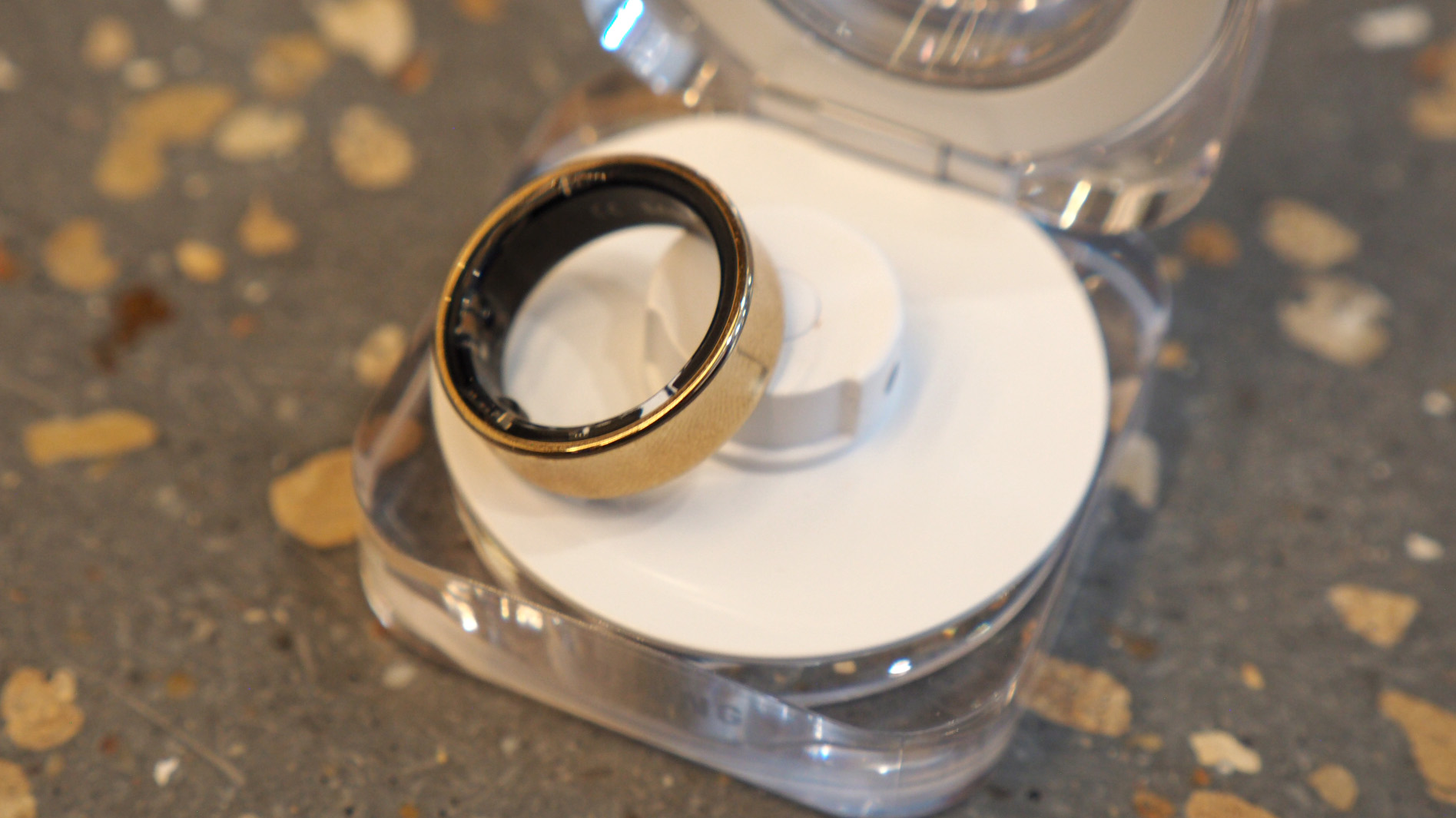 In the future, you might never have to take off your Galaxy Ring to charge it
In the future, you might never have to take off your Galaxy Ring to charge itA newly uncovered patent reveals Samsung is working on a wearable charger for its Galaxy Ring, and it makes a lot of sense
By Matt Kollat Published
-
 Google just added a new Gemini video creation tool I never knew I needed
Google just added a new Gemini video creation tool I never knew I neededGemini Advanced just added Veo 2 video generation
By Mike Lowe Published
-
 One of the best villains in gaming is coming to Xbox Game Pass for free
One of the best villains in gaming is coming to Xbox Game Pass for freeAll Game Pass subscribers are getting one of the best single-player shooters of the decade
By Rik Henderson Published